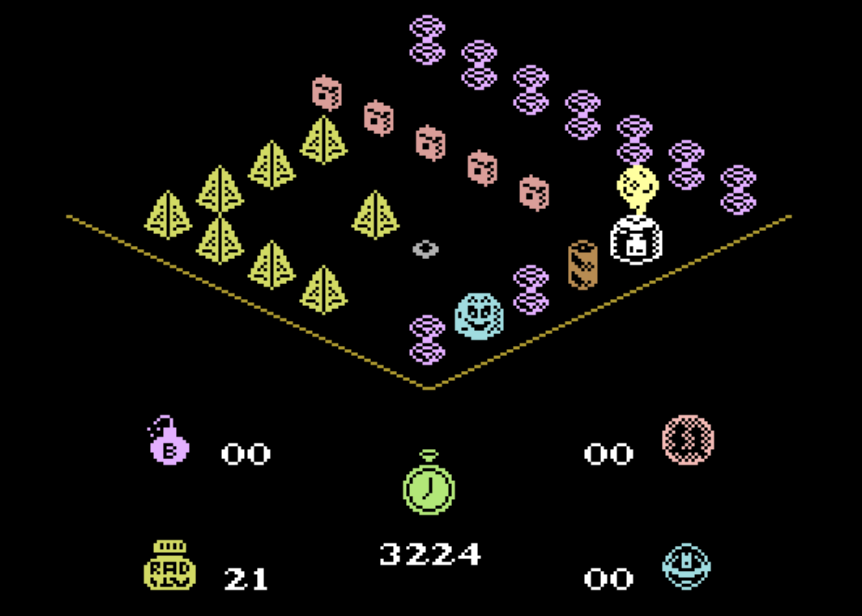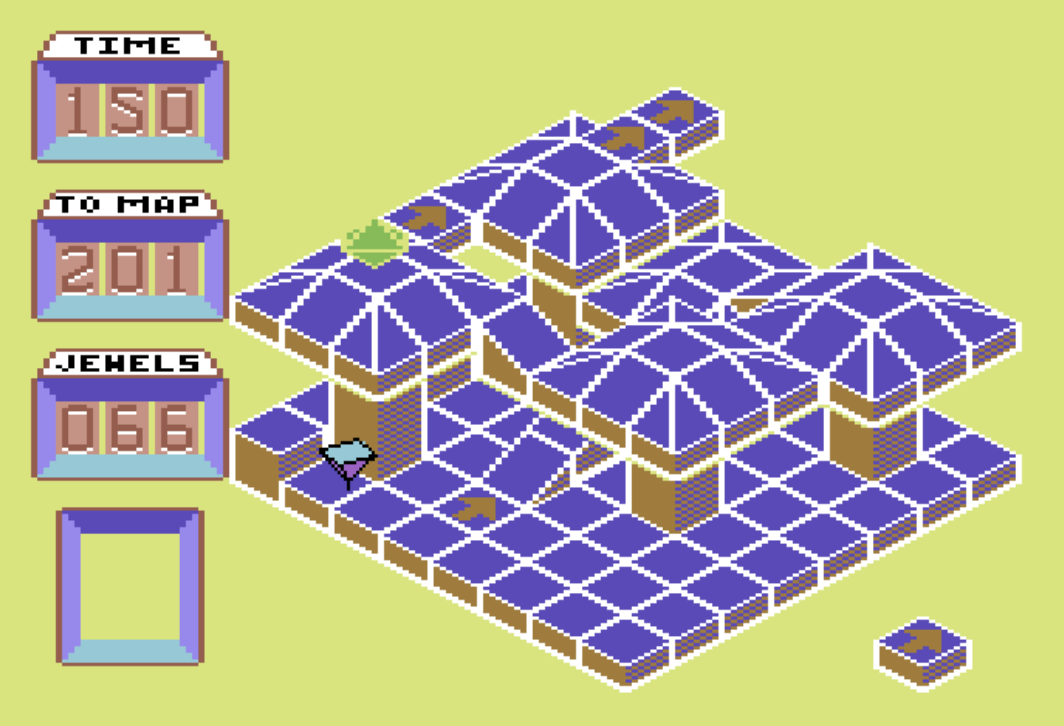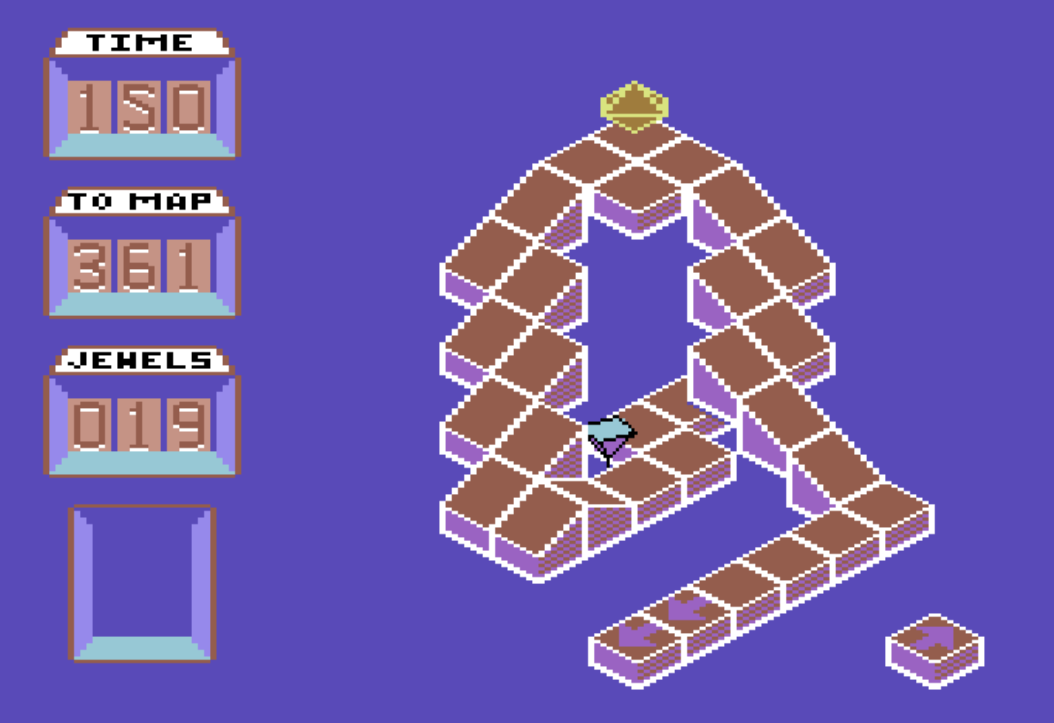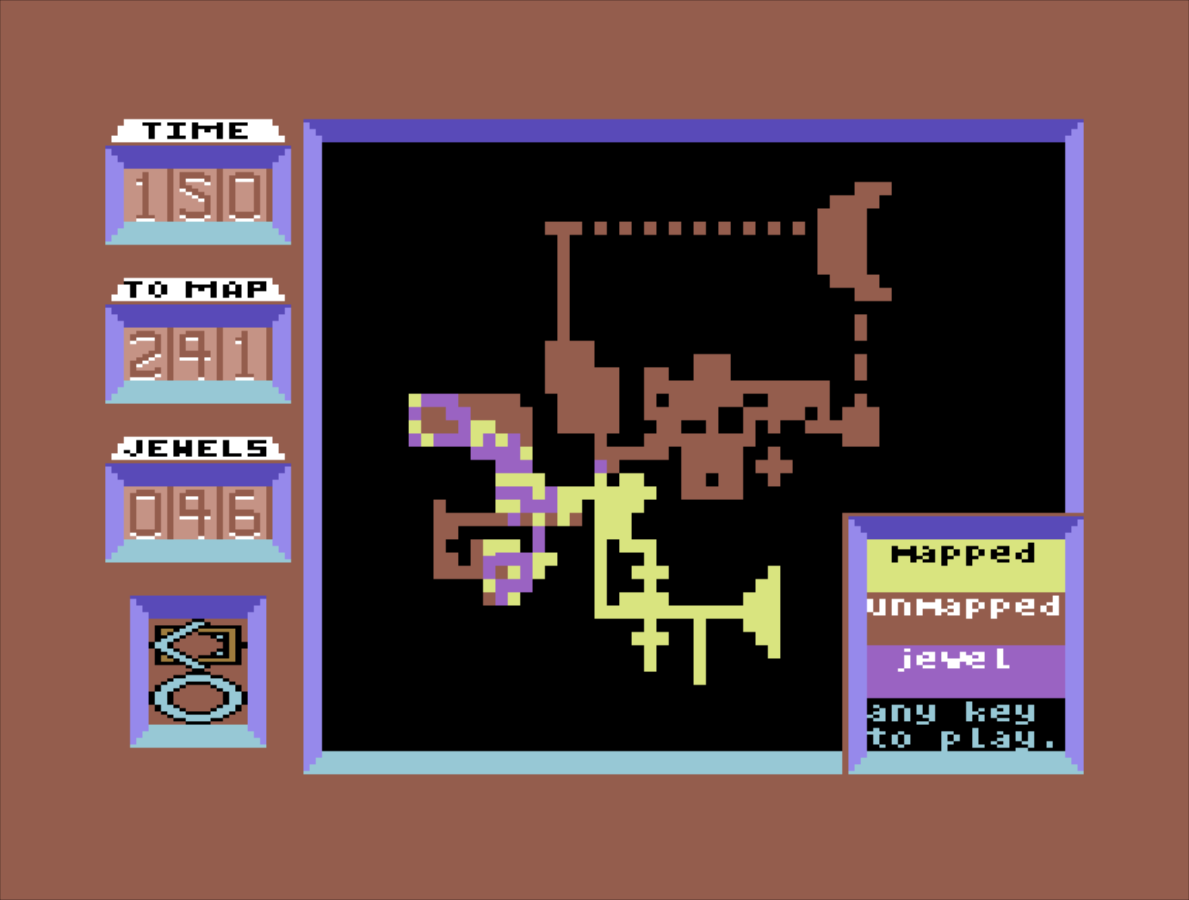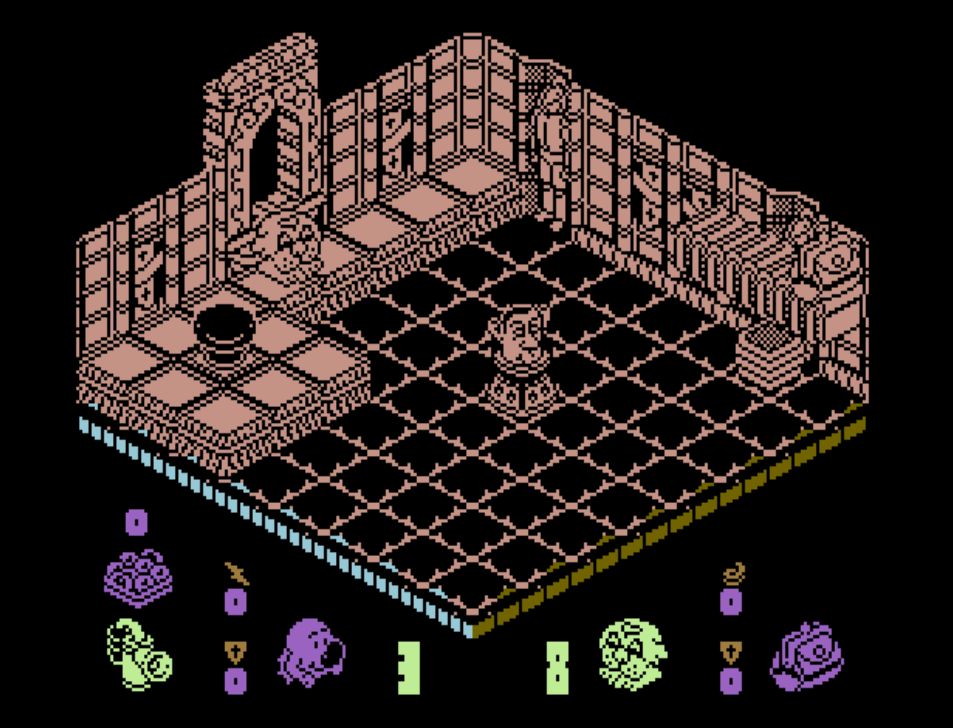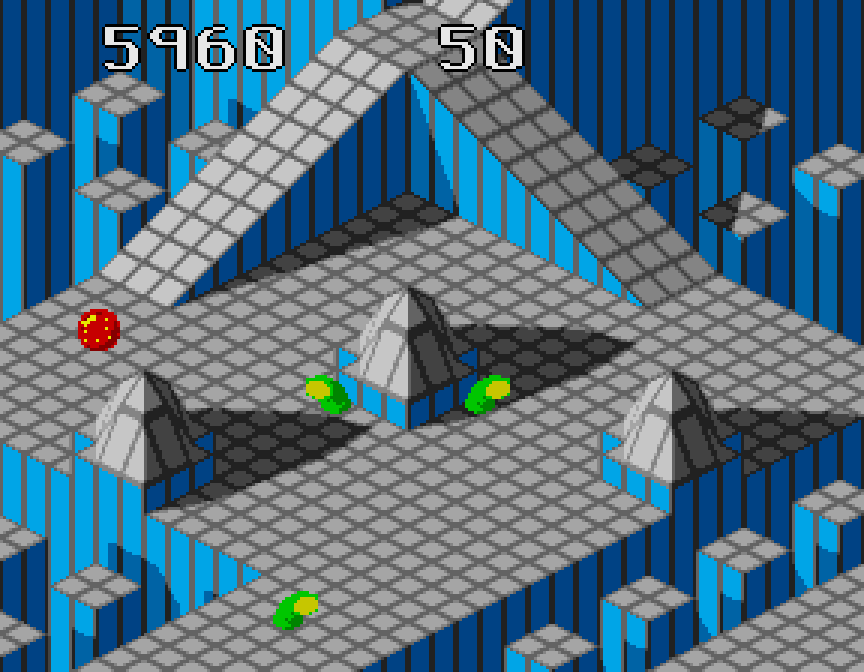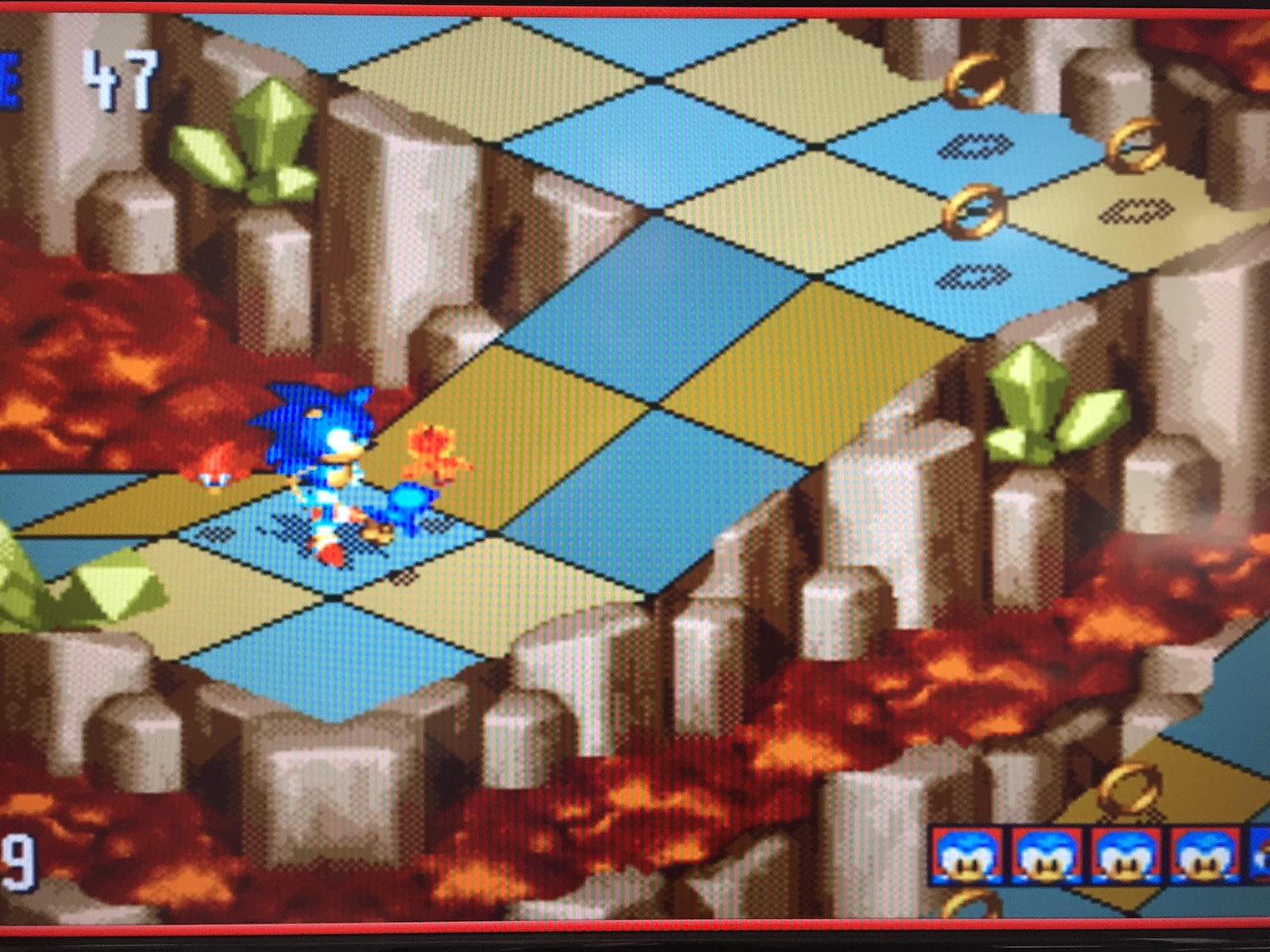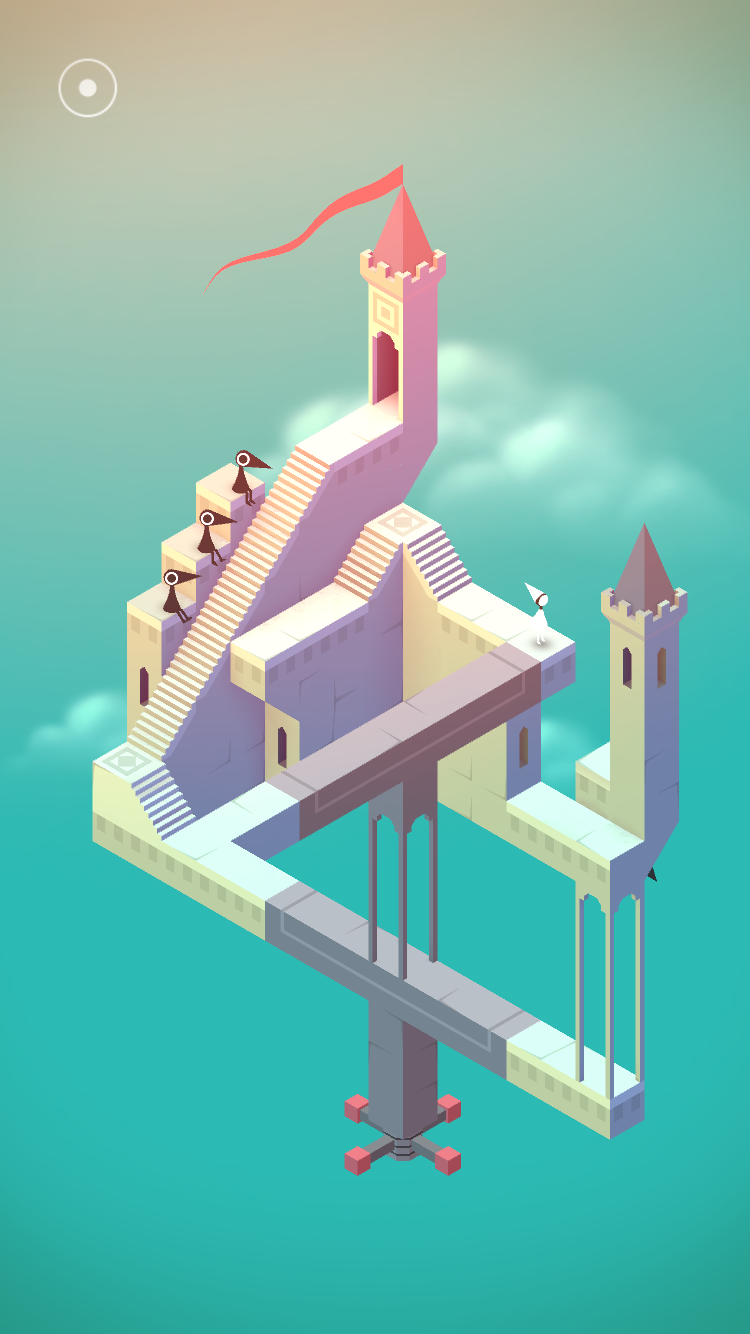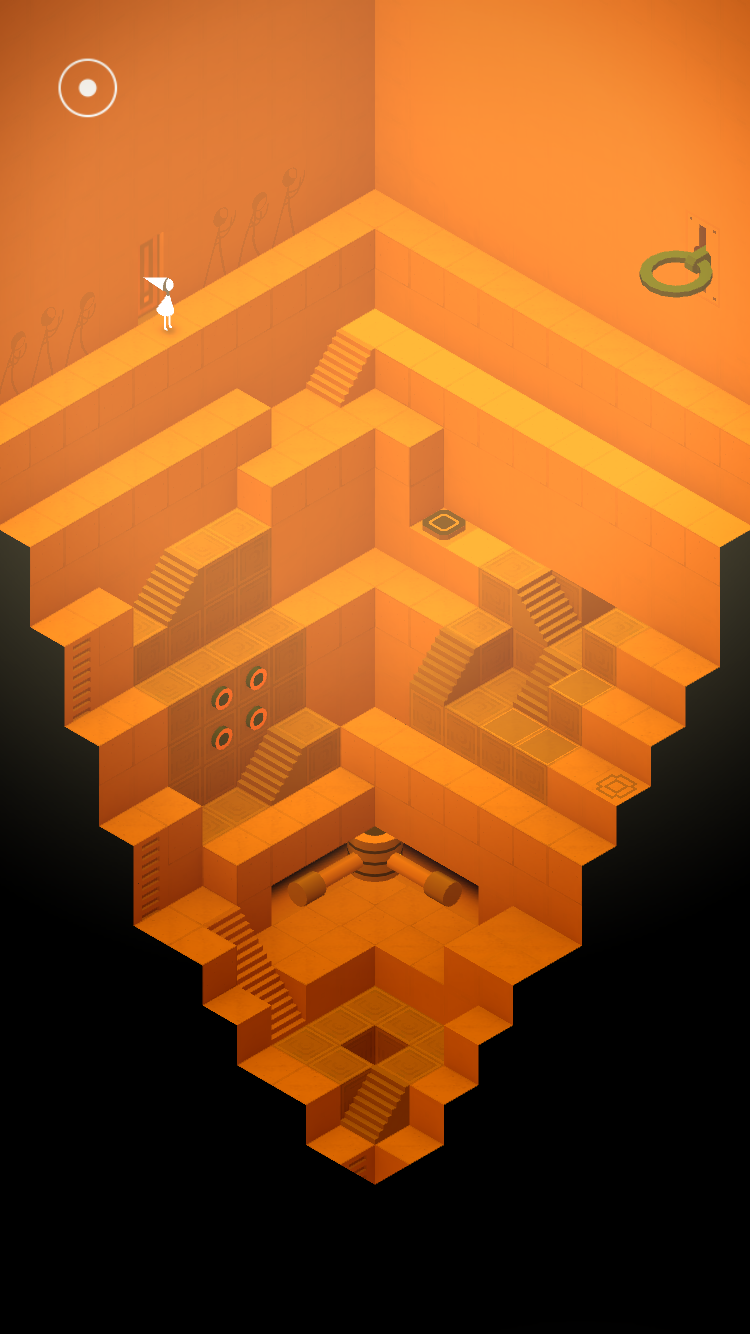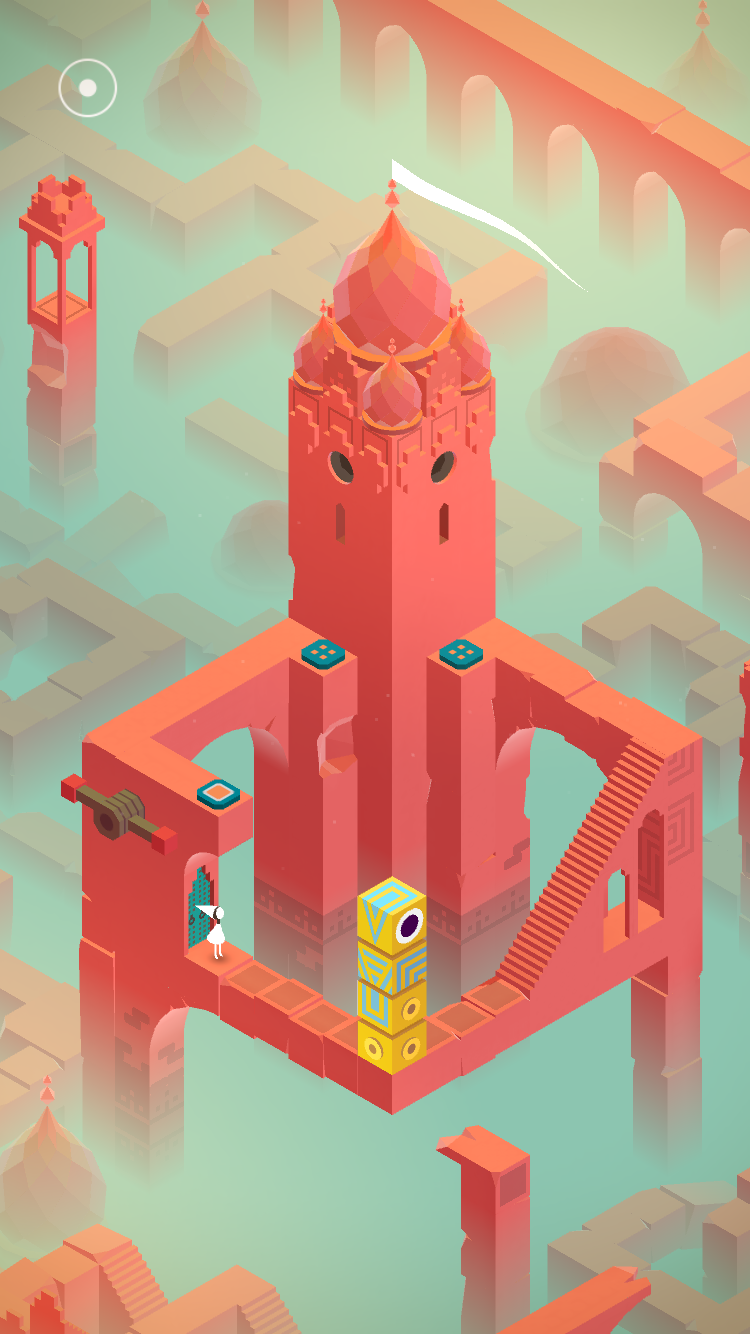The beauty (and occasional frustration) of isometric games
I have an unhealthy obsession for cubes. Cubes are the basic unit of isometric games – like single blocks of Lego. They’re easy to see and understand, then can be expanded on to create puzzles, shapes and illusions. You can see which level you’re on, move between them with slopes and passageways, then subvert their geometry to trick the eye.
Isometric means “equal measure” – shapes have equal lengths and angles, making them easy to model on a computer.
Early computer games used an isometric projection to create a pseudo-3D effect. The graphics also looked crisp because a line close to 30 degrees could be drawn two pixels at a time without looking irregular or jagged.
Molecule Man
My first isometric game was Molecule Man by Mastertronic on the Commodore 16. In reality, the map was entirely two-dimensional and the isometric aspect only made the game harder to play - you had to master using Q/A/O/P to control the tiny man and find a paltry number of coins that made you choose whether to stay alive or blow things up.
What’s going on with his face though – which bits are his eyes?
Spindizzy
On the Commodore 64, things got even harder with Spindizzy by Electric Dreams. This game was cruel. Your time would sap downwards alarmingly quickly. You could replenish it by mapping new screens and jewels, but falling off an edge, or from a height of 2 blocks, or even using the space bar to stop yourself, incurred a hefty time penalty.
However it used its limited graphics to good effect with mountainous areas, mushrooms, and for some reason, the word HAWKWIND built into the map. Although difficult to control Gerald (your spinning top) the physics were very smooth, including bouncy and icy terrains.
Try navigating this without falling off. And look at the size of that map.
Head over Heels
Slightly slower and more puzzle-based was Head over Heels by Ocean. The premise was two dog characters, one who can jump high and one who can run fast, joining together to liberate five planets.
Frustratingly, you’d often have no indication that some blocks disappear, leaving you to drift gently downwards onto some spikes. However, it was nicely pitched once you learnt how to time your jump over toasters, use each character to its advantage and control a Prince Charles caricature with an in-game joystick in order to retrieve a handbag to hold your doughnuts.
There’s a great 2004 remake of it here.
Marble Madness
I missed Marble Madness by Atari at the time. However, it’s slightly more forgiving than Spindizzy as well as having shadows, animated enemies and (a first for this list) music. The premise was to roll a ball quickly down some slopes while avoiding gloopy things.
Sonic 3D
Sonic 3D – Flickies’ Island (aka Sonic 3D Blast) by Travellers’ Tales couldn’t quite make up its mind whether it was a fast-paced action game or an isometric puzzle. It had the Sonic trademarks of loop-the-loops and secrets behind crumbly walls. However, you had to take the game slowly to survive. Going fast for anything more than a few seconds would invariably mean you’d get hurt and have to pick up birds which had got scared and run off a slope.
A good game overall, marred by a couple of things: the difficulty of aiming at things due to the isometric viewpoint, and the frustrating Mega Drive (Genesis) special stage, which despite what people say, is actually quite hard and means you have to replay the whole game if you fail at it and want a chance at the final boss.
Pseudo 3D to real 3D
There seemed to be a long break in isometric games for some time – perhaps because great games were appearing in “proper” 3D, like Tomb Raider on the Playstation or Ico on the PS2. The true 3D element didn’t always add to the gameplay though – Sonic Heroes on the PS2 was just clunky with over-complex controls for example. Games would try to hide their blockiness except in sub-games, like the satisfying temple puzzles in Final Fantasy X.
All the isometric games I’ve mentioned so far have had one fault – they are frustrating to play in one way or another. The real joy of isometric gaming is discovering secrets on the other sides of the cubes.
A character should be free to explore, try things out and enjoy the scenery without the fear of falling off or getting killed with lasers. All of which is a great time to mention Monument Valley.
Monument Valley
Monument Valley by UsTwoGames is the perfect isometric puzzle game. Some might say it’s too easy, but that gameplay time is pure pleasure as you guide Princess Ida around Escher-inspired optical illusions and Penrose triangles, avoiding angry crows and restoring the sacred geometry. All this with a lush, enveloping, meditative soundtrack.
It avoids difficulty of controlling with arrow keys or Q/A/O/P because you simply tap where you want to go. If you can move there, then you do. If not then you have to adjust something elsewhere on screen.
As far as I know it’s impossible to fail at the game. The crows get angry but won’t hurt you, and occasionally help you. The puzzles are not always obvious but they propel you gradually forwards in a satisfying way.
The game lets you pick up and play around with parts of the isometric layout, opening up things that weren’t obvious and bending the rules of geometry to help you explore, and occasionally turn inside out, a wide range of beautiful scenery made out of cubes.
Exploration over coordination
The best bits of isometric games lie in the exploration, not clinging on to a narrow slope while simultaneously navigating a deadly toaster.
There are reasons my logo is an isometric cube and my Instagram username is isometrify. Isometric games constrain the world into a simple set of rules, but when you bend those rules as far as they will go, the results can be beautiful.



